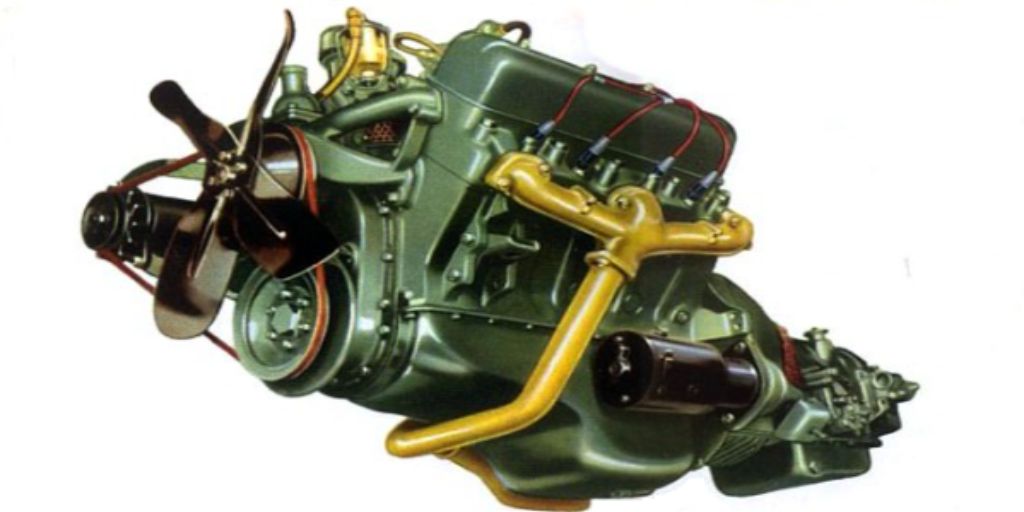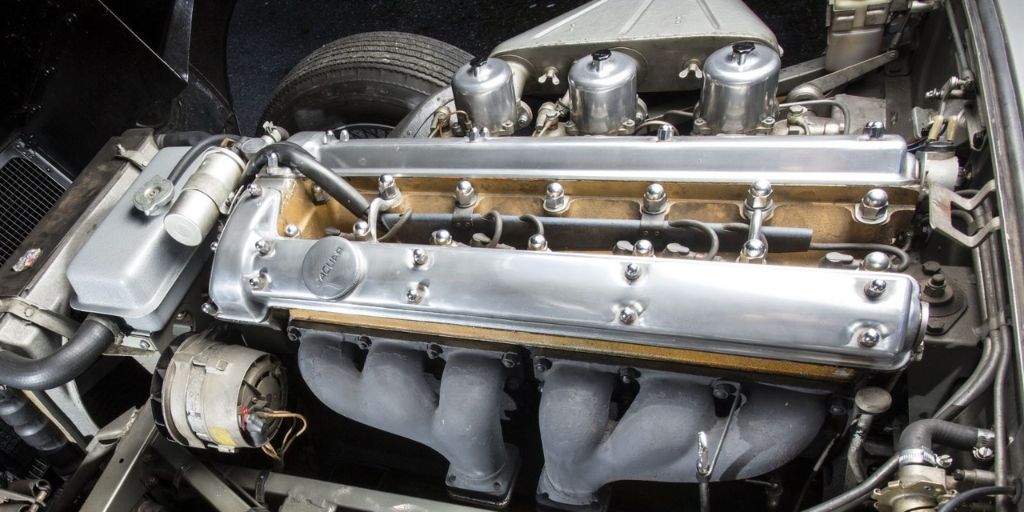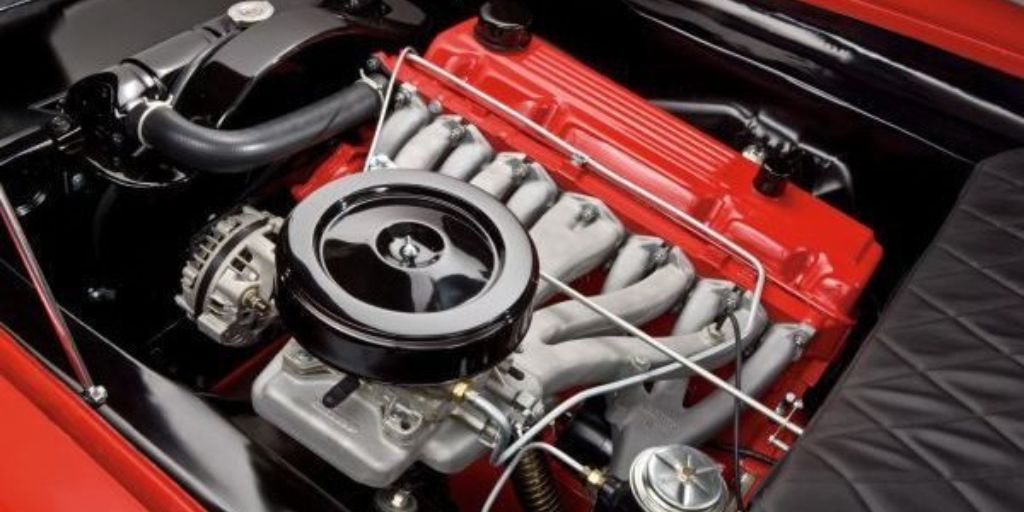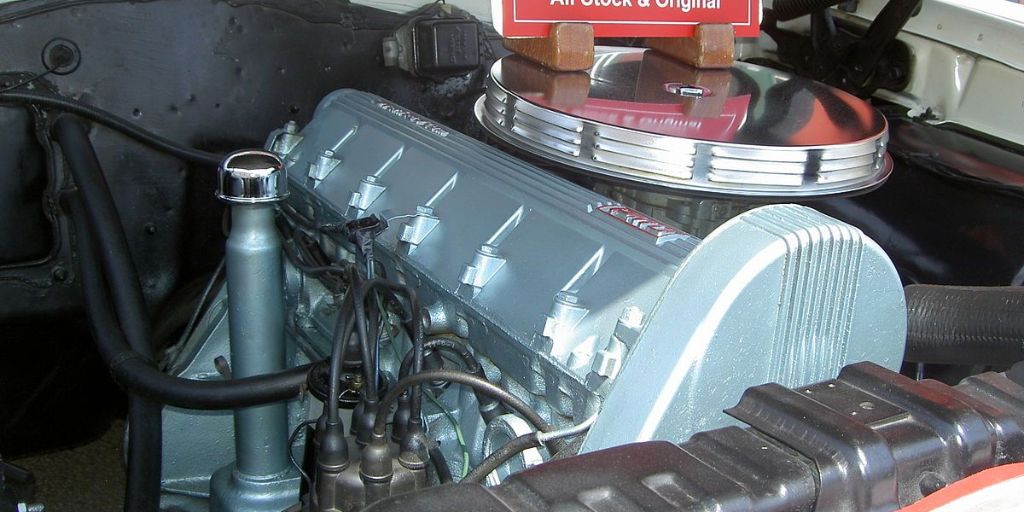In the world of automotive engineering, there are few things more remarkable than an engine that outlives the brand that created it.
Throughout automotive history, several iconic engines have continued to thrive long after the manufacturers who designed them ceased production.
These engines not only defined entire eras of vehicle performance but also became symbols of reliability, power, and engineering brilliance.
Whether they were powering high-performance sports cars, commercial vehicles, or military trucks, these engines have stood the test of time—proving that great engineering is timeless.
The phenomenon of engines outliving their brands raises an interesting question: What makes these engines so enduring? Is it their design, their engineering excellence, or simply a matter of serendipity?
In some cases, these engines continued to be used long after the original manufacturers folded, bought out, or switched to newer models.
Some engines found new homes in the hands of niche collectors, aftermarket tuners, or independent repair shops that continued to support and modify them for decades.
Brands like Pontiac, Studebaker, and Rover are no longer with us, but their engines—whether in classic cars, trucks, or even industrial applications—continue to run on roads and in shops around the world.
These engines are a testament to the idea that some pieces of machinery transcend their origins and continue to serve a purpose long after their creators are gone.
In this article, we’ll explore several legendary engines that have outlived the brands that made them, examining how their design, reputation, and enduring popularity contributed to their legacy.
From the iconic straight-six of Pontiac to the legendary V8s of Studebaker, these engines stand as a testament to the lasting power of great engineering.
Also Read: How Taxi Fleets Choose Engines That Will Outlive the Drivers
Engines That Outlived the Brands That Made Them
They’re louder than the legacy they left behind. In the world of automobiles, brands rise and fall — but sometimes, the engines they engineered live on, repurposed, revived, or revered long after the badge on the hood fades into history.
These mechanical survivors tell a story of innovation too good to die, of engineering that transcended corporate collapse. In this piece, we’re diving under the hood of the engines that outlasted the companies that built them — because sometimes, the heart keeps beating even after the body’s gone.
The Pontiac Straight-Six Engine
One of the most enduring engines to have outlived its original brand is the legendary Pontiac straight-six engine. Introduced in the 1930s, this engine became synonymous with Pontiac’s reliability and performance.
The Pontiac straight-six had a simple, durable design that allowed it to be used in a wide variety of vehicles, from sedans to muscle cars. But it was more than just practicality that ensured its legacy; it was also the engine’s distinctive, smooth performance.
When Pontiac ceased production in 2010, the legacy of its engines, particularly the straight-six, continued.
Even though General Motors discontinued the Pontiac brand, the straight-six engine remained a beloved option in the hands of car enthusiasts, with many vehicles still running the engine decades later.
Enthusiasts continue to restore and maintain Pontiac cars, keeping the straight-six running in a new generation of drivers’ hands.
Despite Pontiac’s decline, the straight-six engine remains in use today in various applications, including racing and hot-rodding. Its simplicity and reliability made it an engine that could be easily modified, upgraded, or rebuilt.
The fact that it has outlived its brand is a testament to the brilliance of the engineers who designed it and the lasting power of reliable mechanical engineering.
Studebaker V8 Engine
Another prime example of an engine that has lived far beyond the demise of its original maker is the Studebaker V8.
Introduced in 1951, the Studebaker V8 quickly became renowned for its performance and was used in a variety of the company’s most iconic models.
Studebaker’s innovative engineering made this V8 one of the most admired engines of its time.
Despite Studebaker ceasing production in 1966, the V8 engine was so well-regarded that it lived on in other vehicles long after the brand’s demise.

The engine found its way into trucks, military vehicles, and even boats, its robust design and powerful output making it an appealing choice for various industries.
Enthusiasts continued to restore and rebuild these engines, keeping the Studebaker V8 alive well into the modern era.
In fact, the legacy of the Studebaker V8 is so significant that aftermarket parts and performance upgrades are still widely available.
Many classic car restorers and collectors continue to favor these engines for their reliability and tunability, ensuring that the Studebaker V8 lives on, even though the Studebaker brand is no more.
Rover’s V8 Engine
The Rover V8 engine, originally introduced in the 1960s, is another example of an engine that far outlived its original maker. Developed by Rover and originally based on the Buick 215, this engine quickly became a staple of British automotive engineering.
The V8 engine was used in a variety of vehicles, from the Range Rover to the Land Rover, and quickly earned a reputation for its smoothness and durability.
Despite Rover ceasing operations in the early 2000s, the Rover V8 continued to be used by enthusiasts, automotive manufacturers, and even aftermarket tuners.
Its lightweight design and impressive torque made it a perfect fit for a range of vehicles, from off-roaders to sports cars.
Even after Land Rover and Jaguar took over many of Rover’s models, the Rover V8 found its way into vehicles in various markets.
What makes the Rover V8 particularly remarkable is its ability to remain relevant even as new engine technologies emerged.

The engine has been continually modified and adapted to new applications, ensuring that its legacy continues to this day.
It has earned a special place in the hearts of car enthusiasts, particularly in the world of modified and vintage cars.
The Jaguar XK Inline-Six Engine
Another engine that has outlived its original manufacturer is the Jaguar XK inline-six. The XK engine, introduced in the 1940s, was initially designed for the Jaguar XK120 sports car.
Known for its exceptional smoothness, power, and reliability, it became the engine of choice for numerous Jaguar models, including the iconic E-Type.
Although Jaguar stopped producing the XK engine in the 1980s, its legacy has persisted far beyond the company’s shift to more modern powertrains.
The XK inline-six, with its distinctive inline configuration, continues to be highly regarded by classic car collectors and vintage enthusiasts, particularly those who own the classic Jaguars that used it.

The XK engine is revered for its tunability and ease of maintenance. Many enthusiasts continue to rebuild and modify XK engines for use in various types of vehicles, ensuring its continued relevance in the classic car market.
In fact, the engine’s enduring popularity has made it a symbol of Jaguar’s early success and engineering prowess, living on in the hearts of car enthusiasts even though Jaguar’s lineup has moved on to newer, more advanced engines.
Chrysler Slant-6 Engine
Chrysler’s iconic Slant-6 engine, produced from 1959 until the 1980s, is a prime example of an engine that outlived its brand.
Known for its simple design, incredible reliability, and low maintenance needs, the Slant-6 became a favorite in Chrysler’s economy cars, minivans, and pickup trucks.
The Slant-6 was designed with one goal in mind: reliability. With a unique slanted design that made it easier to maintain and repair, the engine could run for hundreds of thousands of miles with minimal issues.
This made it popular with taxi companies, fleet operators, and individuals who needed an engine that could deliver day-in and day-out performance.
Even as Chrysler transitioned to newer engines, the Slant-6 remained in use long after its official production ended, especially in the world of vintage and restored vehicles.

Today, the Slant-6 continues to have a strong following among classic car enthusiasts, and parts for it are still readily available.
Its design is admired by vintage car mechanics, and the engine remains a symbol of the practicality and engineering excellence that Chrysler was known for during its mid-20th-century heyday.
The Chevy Small-Block V8
The Chevrolet small-block V8 is one of the most iconic engines to have outlived its brand. First introduced in 1955, the small-block V8 has powered everything from family sedans to high-performance sports cars and trucks.
Its adaptability, ease of maintenance, and performance characteristics made it a go-to choice for not only Chevrolet but also aftermarket tuners, racing teams, and restoration shops worldwide.
Even as Chevrolet has moved toward more advanced engine technologies, the small-block V8 continues to be a staple of American performance and muscle car culture.
The engine’s simple design, rugged construction, and vast aftermarket support network ensure its continued existence in the world of classic car enthusiasts.

Many car owners still rebuild and modify small-block V8s for use in various types of vehicles, ensuring its place in history as one of the most enduring and reliable engines ever made.
Though Chevrolet has produced countless iterations of the V8 engine over the years, the original small-block V8 remains a symbol of the brand’s engineering brilliance.
It may have outlived the initial models that bore it, but the Chevy small-block V8 is still alive in the world of muscle cars and hot rods.
A Legacy of Enduring Engineering
The engines that outlived the brands that created them stand as a testament to the enduring power of exceptional engineering.
Whether they were designed for reliability, performance, or simplicity, these powertrains have proven that great design can transcend the limitations of time, market trends, and corporate upheavals.
In a world where brands come and go, the legacy of these engines endures, as they continue to power vehicles long after the original manufacturers have ceased to exist or moved on to different technologies.
What makes these engines truly remarkable is their ability to remain relevant even decades after their creation. Engines like the Pontiac straight-six, the Studebaker V8, and the Chevy small-block V8 have all become symbols of engineering excellence.
They continue to be beloved by car enthusiasts, collectors, and restorers, with many of these engines finding new life in vintage cars, race cars, and off-road vehicles.
The widespread availability of parts, the simplicity of their design, and their reputation for reliability ensure that these engines remain in active use, long after their original manufacturers have faded into history.
In some cases, the engines themselves have taken on a life beyond their original purpose. The Rover V8, originally designed for luxury vehicles, has found new homes in off-roaders and sports cars, while the Chrysler Slant-6, a workhorse of American engineering, still powers countless vintage vehicles and is admired for its durability.
These engines have become more than just mechanical components—they are symbols of a bygone era, representing the golden age of automotive engineering.
As automotive technology continues to evolve, more engines will likely join this elite group, engines that endure not because they are the latest or most advanced, but because they embody the core values of reliability, simplicity, and craftsmanship.
The legacy of these engines reminds us that great engineering is not always about the newest innovations, but about creating something that can stand the test of time.
In the end, these engines that outlived their brands serve as a reminder that the true measure of a great engine is not just in its initial performance but in its lasting impact—an impact that transcends the brands that made them, leaving a legacy of power, reliability, and engineering excellence.
Also Read: You Can Still Find These 1980s Diesel Engines Running Boats and Cars

